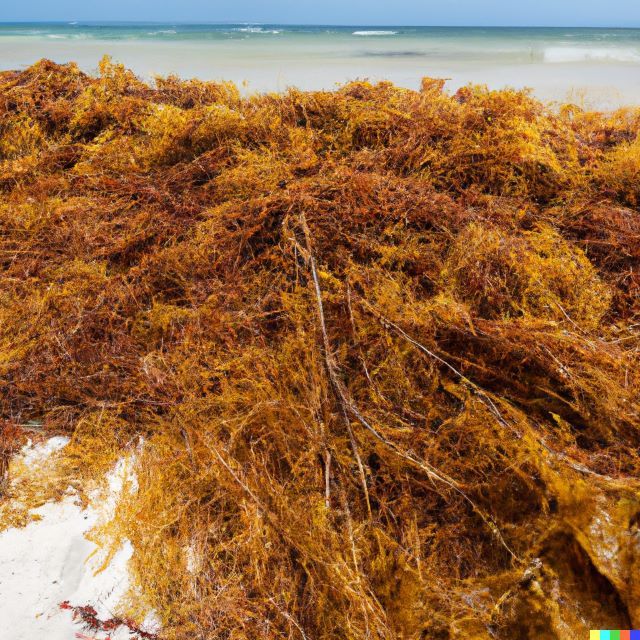Sargassum: A Tangled Mess on Beaches but a Powerhouse of Energy Potential
Explore the impact of Sargassum, a type of marine macroalgae, on the Caribbean tourism industry and efforts to turn it into an energy-generating product. Read about the innovative solution proposed by the National Authority of Maritime Affairs (Anamar).





